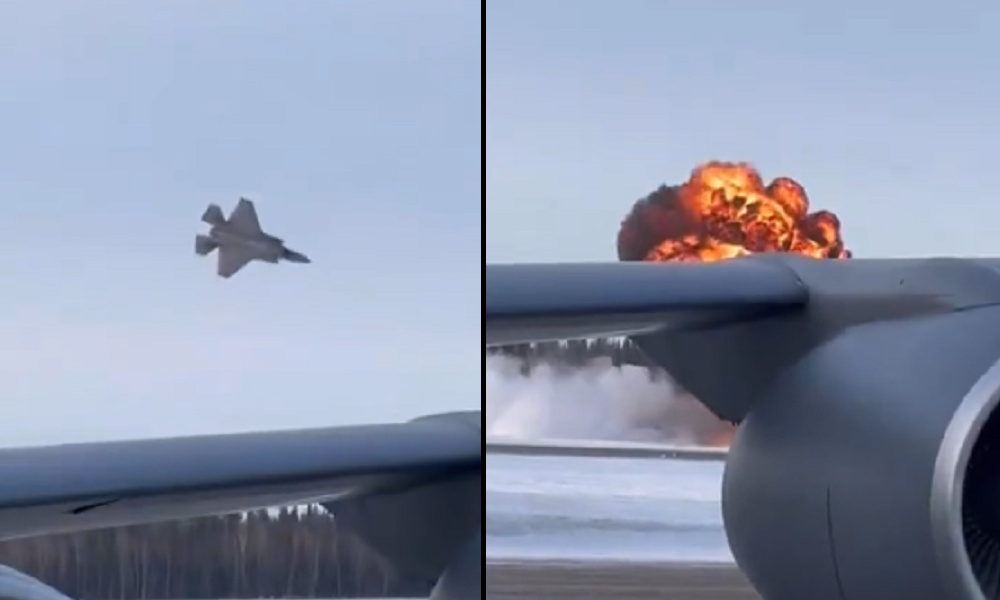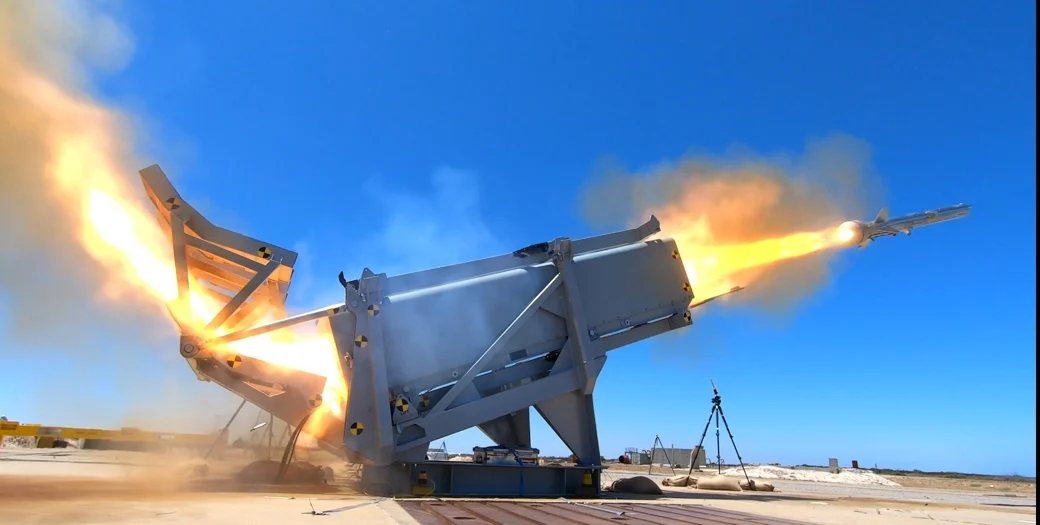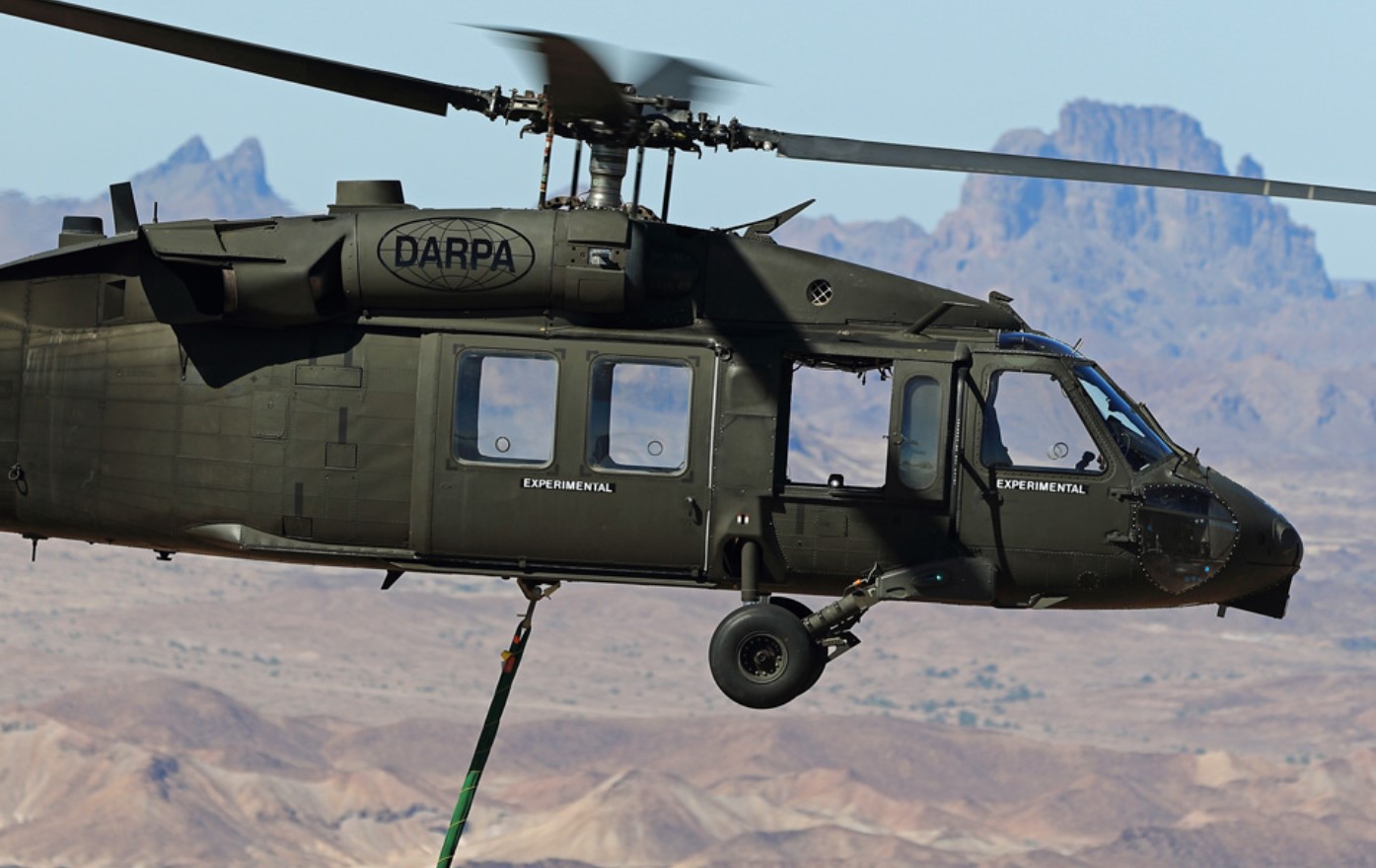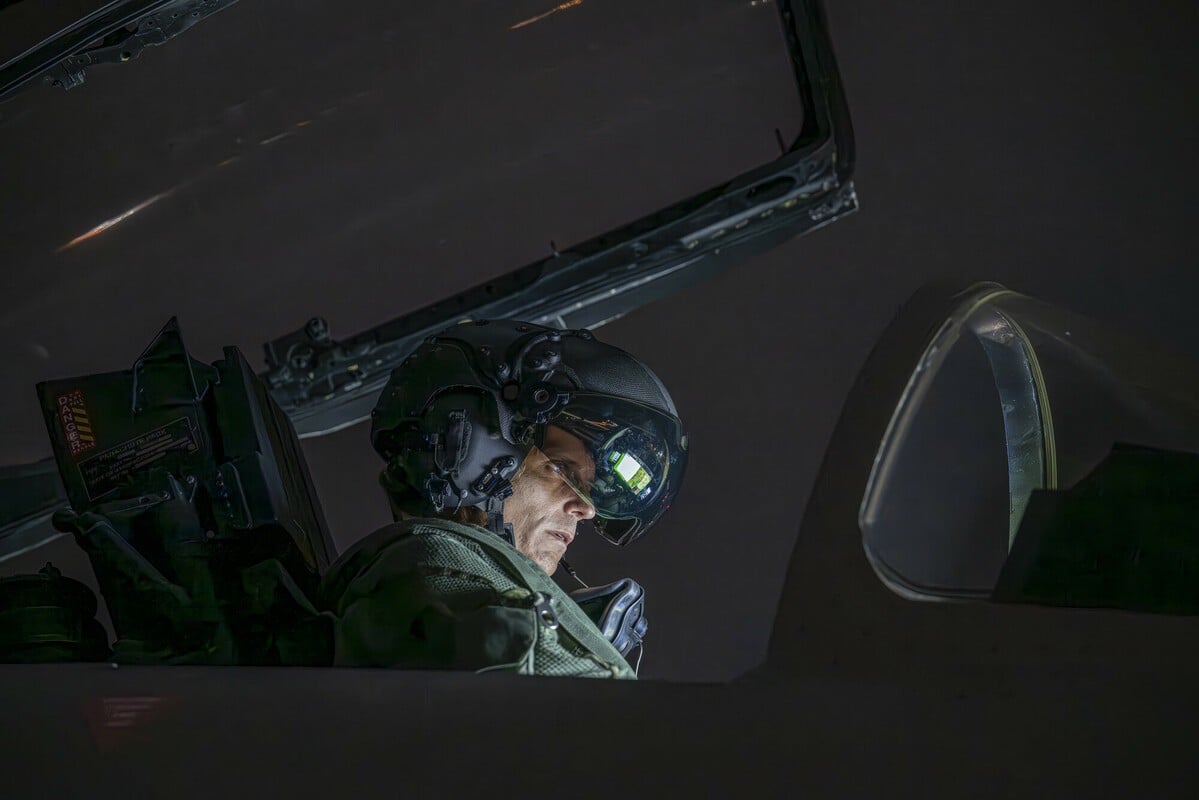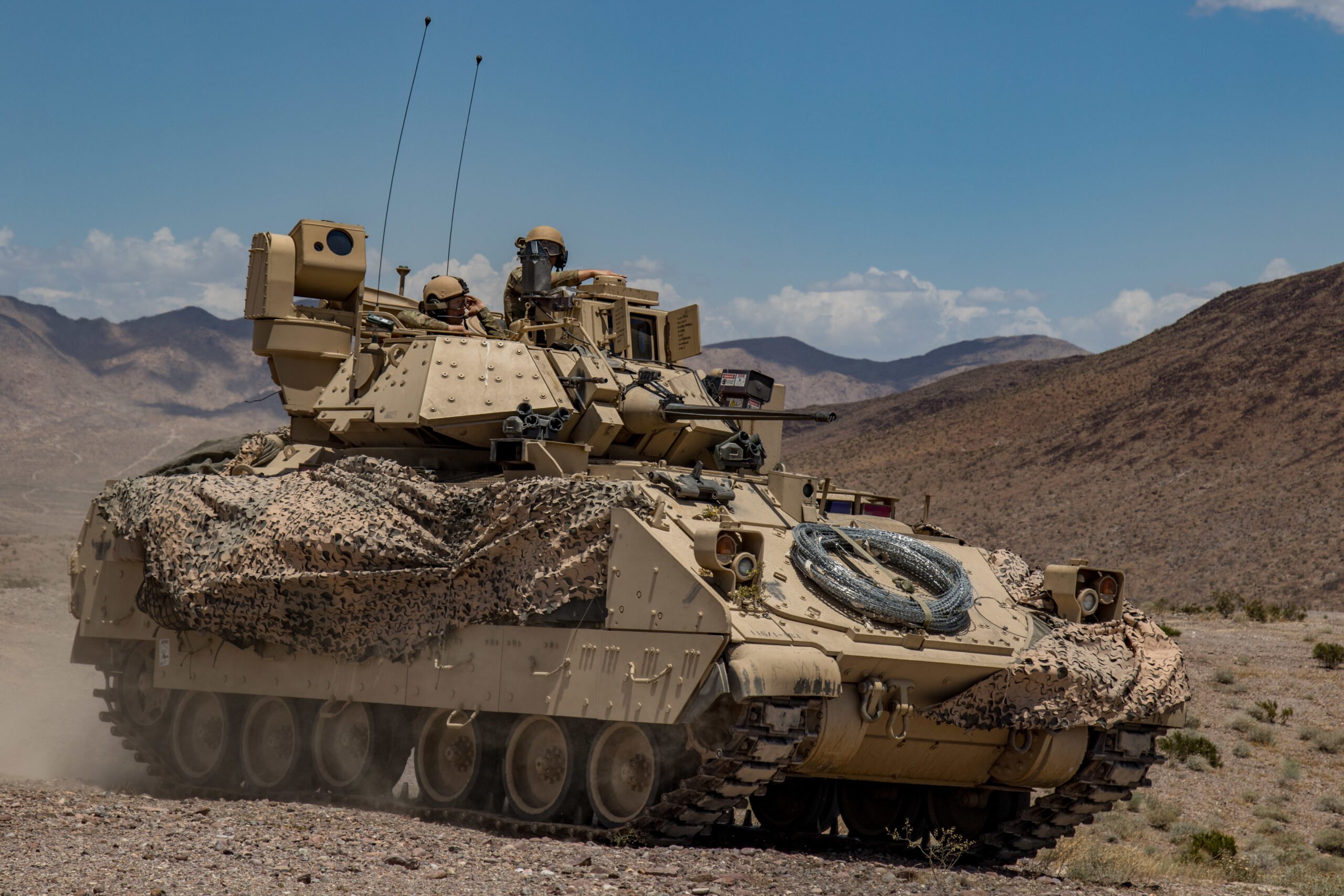Canada is set to enhance its military and diplomatic presence in the Arctic as part of a new strategic doctrine aimed at countering perceived threats from Russia and other nations looking to establish a foothold in the region. The announcement came from the federal government, which unveiled its plans to bolster its defense capabilities in this increasingly critical and contested area.
Among the key components of this initiative is the introduction of new naval assets, including patrol ships, navy destroyers, icebreakers, and submarines designed to operate under ice sheets. Additionally, Canada plans to expand its arsenal of aircraft and drones to ensure comprehensive monitoring and defense capabilities in the Arctic.
In collaboration with the United States, Canada is working to modernize continental defenses, focusing particularly on enhancing surveillance capabilities in northern approaches through new maritime sensors and satellite technology. This partnership reflects a broader commitment to security in the Arctic, which is seen as a region of escalating geopolitical tension.
Foreign Minister Melanie Joly emphasized the changing nature of the Arctic during a news conference, noting that for years, Canada has sought to manage Arctic affairs cooperatively with other nations while aiming to keep the region free from military competition. However, she indicated that the mechanisms designed to prevent conflicts are increasingly under strain. “The Arctic is no longer a low-tension region,” Joly stated, attributing this shift to aggressive postures from Russia and a rise in geopolitical rivalries.
The Arctic’s climate change dynamics are also contributing to these tensions, as the region is warming at an alarming rate, approximately four times faster than the rest of the world. This transformation is creating new opportunities for shipping and resource exploration, particularly for oil, gas, and minerals. However, it also heightens security challenges that Canada is now seeking to confront more robustly.
Defense Minister Bill Blair pointed out that Canada’s revised doctrine emphasizes the need to strengthen its military capabilities to conduct and sustain operations in the Arctic. This task is rendered challenging by the region’s harsh environment, characterized by extreme cold, unpredictable storms, long periods of darkness, and drifting sea ice.
Additionally, Canada plans to foster deeper collaboration with allied Nordic nations, many of which are now NATO members following the accession of Finland and Sweden. The Canadian government is calling for more joint military exercises to enhance operational readiness among its allies in the region.
The report detailing Canada’s repositioning highlights increased Russian activity along the peripheries of North American airspace and expresses concerns about Russian weapons testing and the deployment of missile systems in the Arctic, which could potentially target both North America and Europe. Canada has also accused China of routinely deploying vessels in the Arctic equipped with dual-use military-research capabilities aimed at data collection.
In response to these developments, Canada intends to view foreign research activities in its Arctic region through a national security lens. The government is also exploring avenues for deepening Arctic cooperation with Japan and South Korea, drawing parallels to existing partnerships in the Indo-Pacific region.
Further demonstrating its commitment to Arctic governance, Canada will establish a new Arctic ambassador position and open consulates in Alaska and Greenland. This push aligns with ongoing efforts to resolve a boundary dispute with the United States regarding the Beaufort Sea and finalize a treaty with Denmark concerning Hans Island. Notably, an agreement reached in 2022 allowed Canada and Denmark to establish the first land border between Canada and Europe on the uninhabited Hans Island.
As Canada recalibrates its Arctic strategy, the focus remains on securing the region’s future while navigating complex geopolitical landscapes marked by increasing competition for influence and resources.



